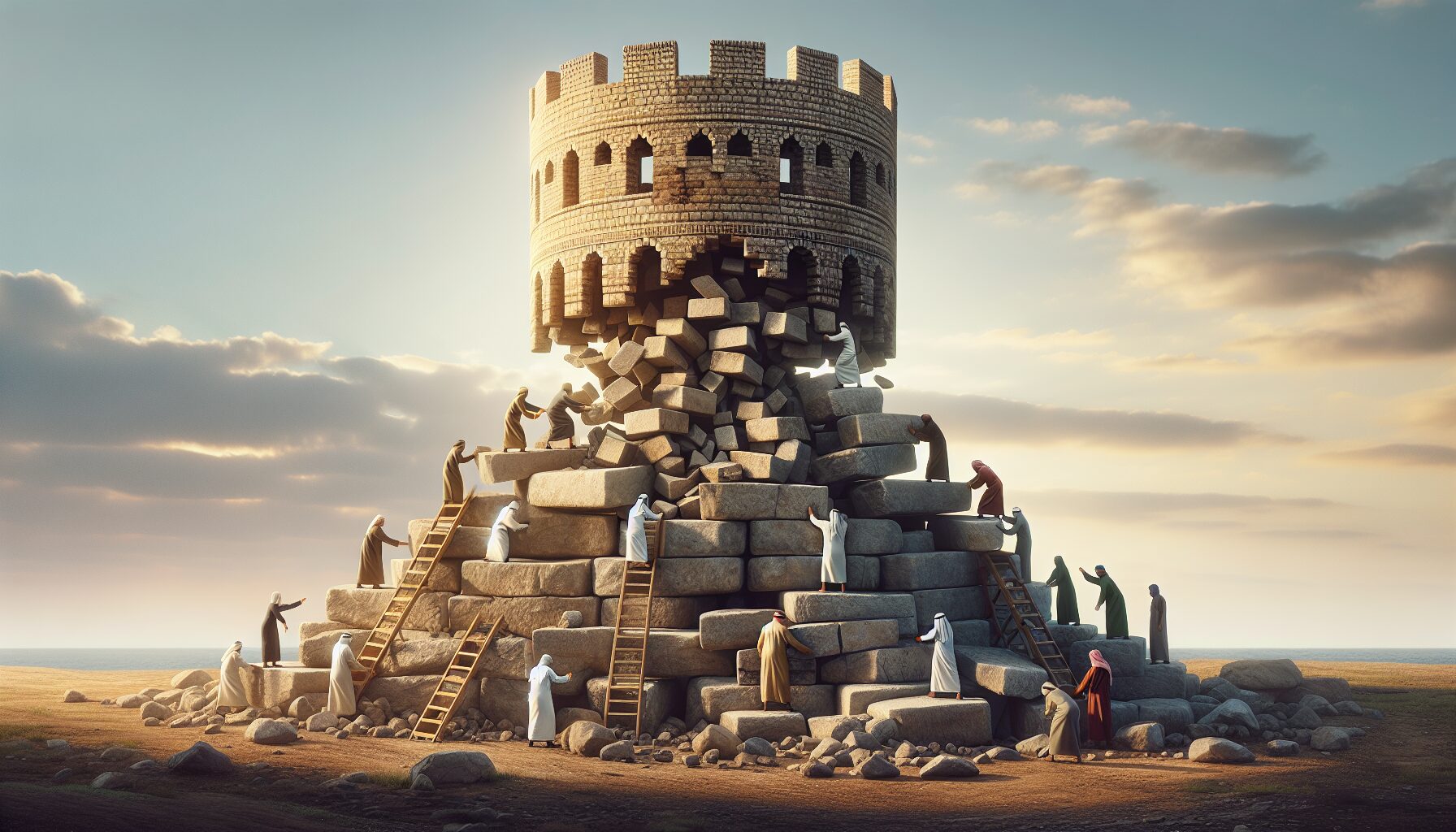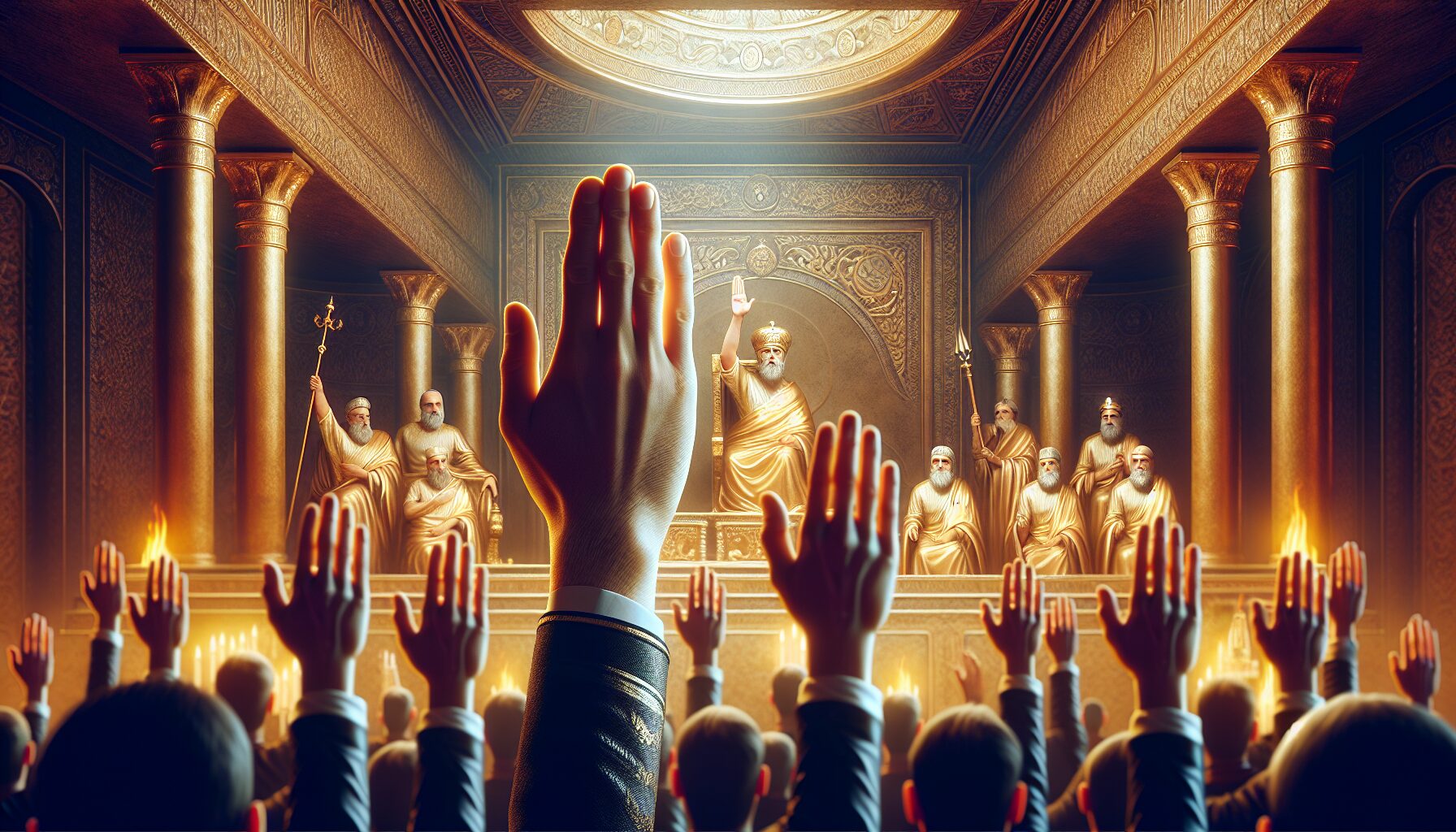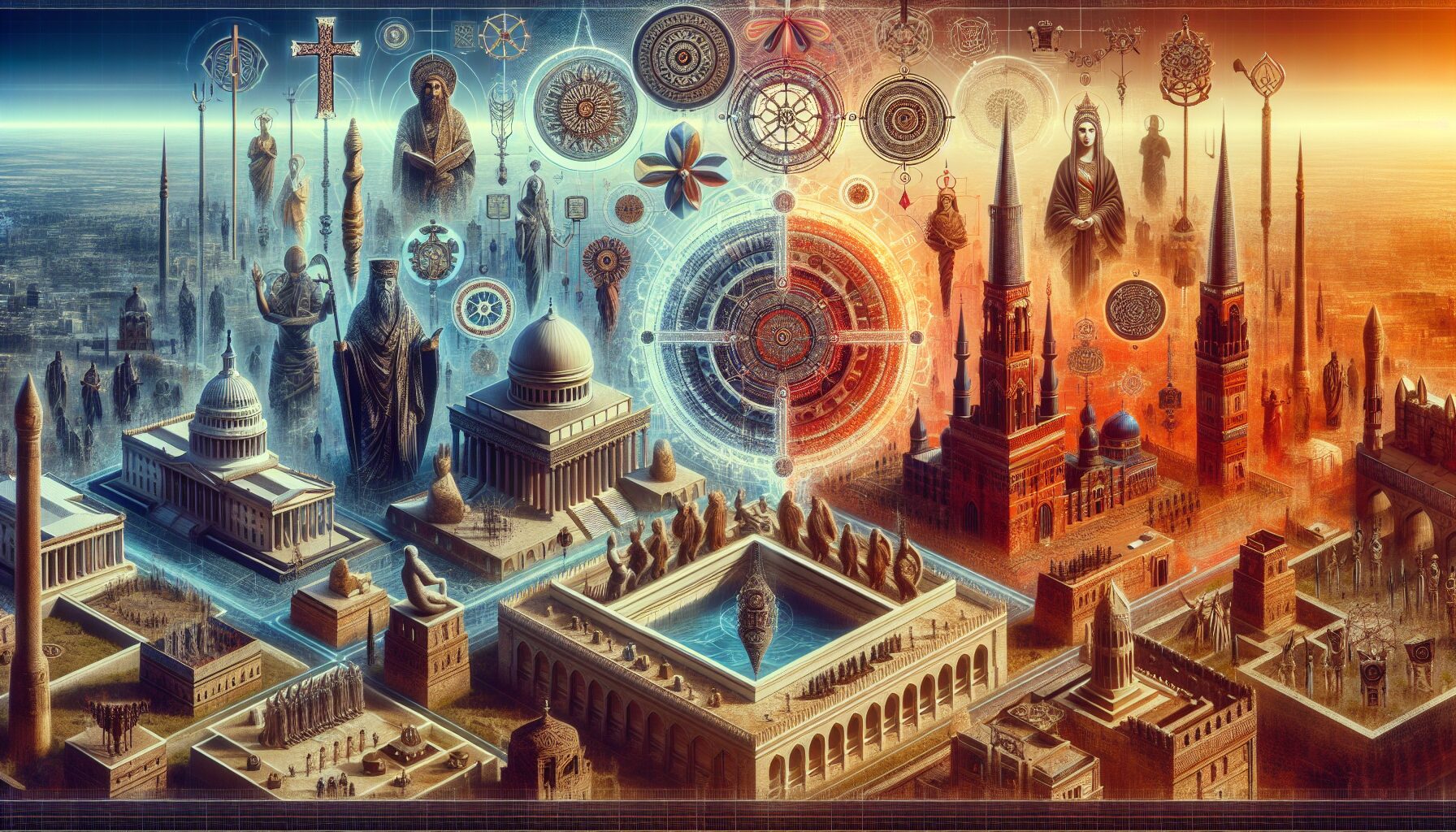The Standalone Spirit: Strong Faith Outside the Fold
The journey of faith is often seen as a communal enterprise, bound by traditions, followed alongside a worship community. Yet, for some, faith takes on a unique form—thriving independently, unanchored by established institutions. This standalone spiritualism is not a solitary descent into isolation but a robust, personal exploration of the divine.
The Rise of Independent Belief
In a world increasingly driven by individuality, it’s no surprise that many choose to embrace their spirituality outside the structures of organized religion. A study by the Pew Research Center highlights that while participation in formal religious institutions is declining, personal spirituality is experiencing growth. The research noted that people who describe themselves as spiritual but not religious (SBNR) are on the rise, reflecting a shift towards a more individualized approach to faith.
“Religion is like a pair of shoes… Find one that fits for you, but don’t make me wear your shoes.” – George Carlin
This quote encapsulates the sentiment held by many who tread this path, emphasizing personal comfort and fit over conformity and uniformity.
Characteristics of Standalone Spirituality
Standalone spirituality is characterized by a few distinct traits:
- Personal Relationship with the Divine: Practitioners often strive for a direct, personal connection with their idea of a higher power or universal energy.
- Eclectic Practices: They may draw on various religious traditions or spiritual practices, selecting elements that resonate personally.
- Ethical Flexibility: Moral and ethical beliefs are often self-defined rather than dictated by religious laws or doctrines.
- Focus on Inner Growth: There is an emphasis on self-improvement, personal growth, and mindfulness.
Challenges Faced by Independent Believers
Embracing spirituality outside the fold is not without its challenges. One major hurdle is the absence of community support, which traditional religions often provide through consistent fellowship, shared rituals, and collective worship experiences. Independent believers may struggle with:
- Loneliness and Alienation: Without a community, they may feel isolated in their spiritual journey.
- Lack of Structured Guidance: The absence of formal religious teachings or leaders can leave individuals searching for guidance.
- Societal Skepticism: They may face misunderstanding or criticism from those who see their path as non-conformist or unconventional.
The Benefits of Spiritual Independence
Despite these challenges, many find immense fulfillment and peace in walking an independent path. The freedom to explore, question, and discover without boundaries can lead to a profound sense of spiritual satisfaction and personal empowerment:
- Authentic Self-Expression: Individuals can express their spiritual beliefs and practices sincerely, without fear of judgment.
- Adaptability: Their faith can evolve with personal growth, allowing for greater flexibility in beliefs and practices over time.
- Creative Exploration: They enjoy the liberty of crafting unique rituals and ceremonies that hold personal significance.
- Enhanced Personal Insight: The journey often fosters deeper self-awareness and inner understanding.
Stories of Independent Believers
From famous personalities to everyday individuals, many have traversed the path of faith outside the fold and have shared their experiences of profound personal transformation. Oprah Winfrey, often vocal about her spiritual views, once explained her belief in a power greater than herself stating:
“I am a Christian who believes that there are certainly many more paths to God other than Christianity.” – Oprah Winfrey
Such perspectives illustrate that independent faith allows for openness to the vast tapestry of human spirituality, embracing wisdom across boundaries of creed or dogma.
Nurturing Standalone Faith
For those venturing into independent spirituality, several practices can help nurture their journey:
- Meditation and Mindfulness: Regular mindfulness practices can deepen awareness and inner peace.
- Journaling: Keeping a spiritual journal can help document insights, growth, and questions that arise.
- Community of Like-minded Individuals: While not attached to a formal religion, finding or forming groups with similar values can provide much-needed support.
- Educational Exploration: Reading a diverse range of spiritual and philosophical texts can stimulate thought and inspire new viewpoints.
Conclusion
The standalone spirit of those who practice independent spirituality exemplifies the courage to traverse beyond conventional boundaries. In crafting a personal path, they embody a faith that is both resilient and adaptable—a testament to the diverse and evolving nature of human belief.
The journey may not be paved or predictable, but the potential for connection, transformation, and inner peace remains limitless. Whether within a community or afar, faith persists, inviting each seeker to discover their unique place within the universe’s vast and wondrous tapestry.









